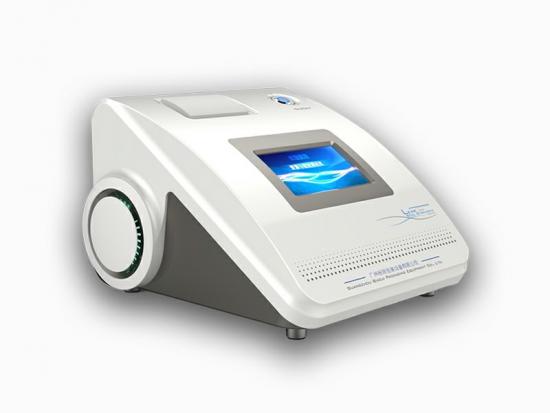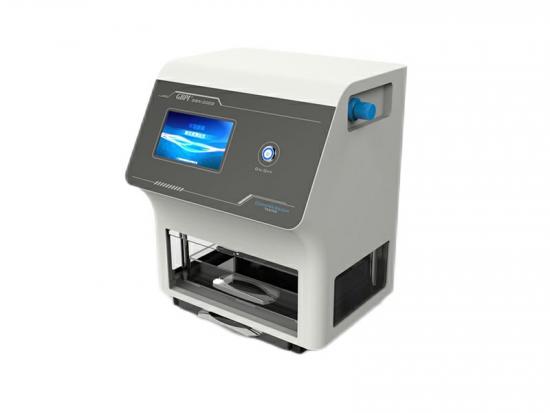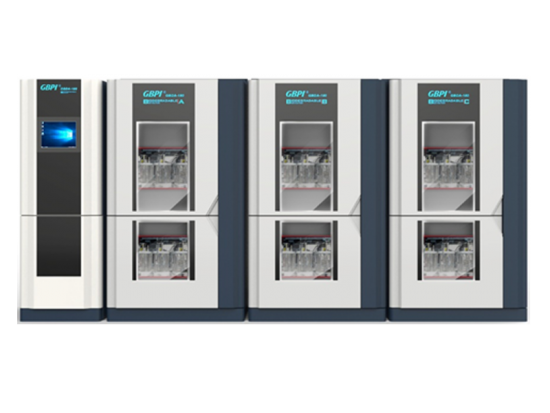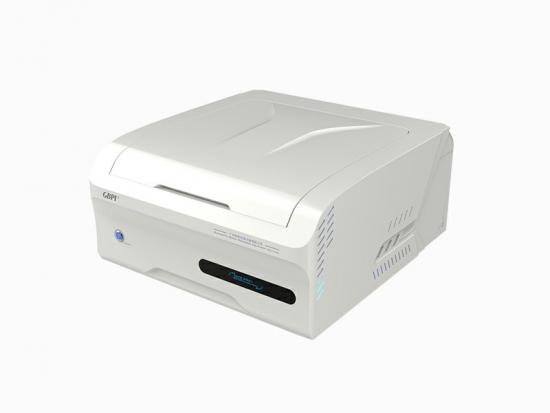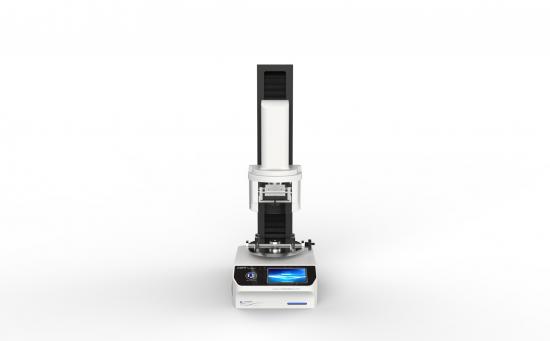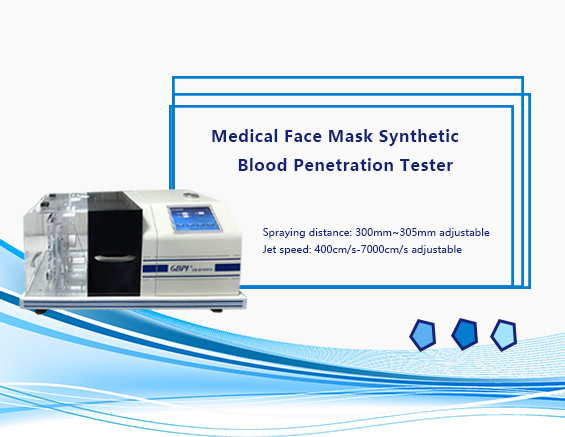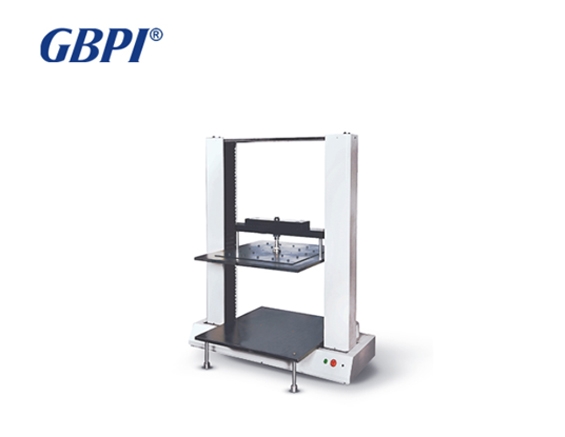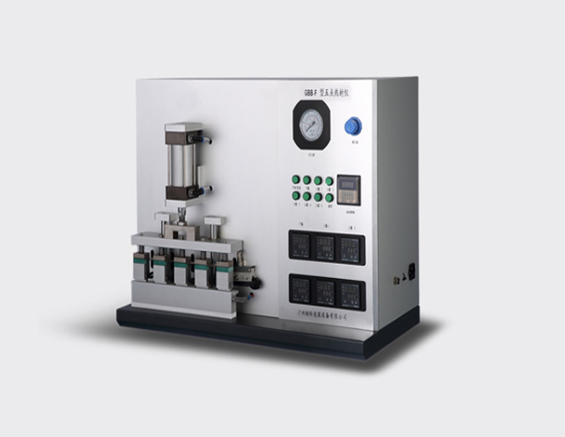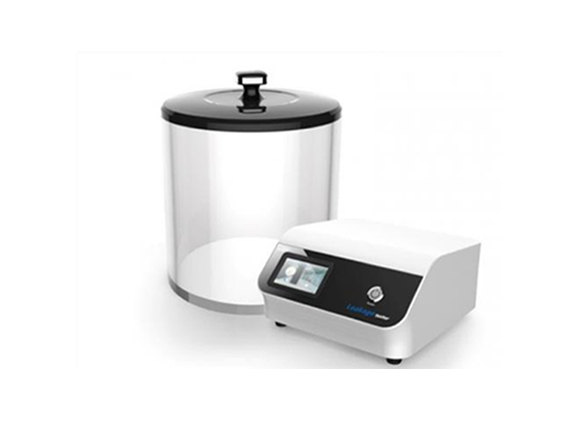Guangzhou Biaoji Packaging Equipment Co., Ltd. (GBPI) is a professional manufacturer of laboratory testing equipment. It has an elite team with more than 20 research and development experience in the testing industry. The face mask testing machine such as EN14683 BFE test apparatus、paticulate filtration efficiency tester、flame retardant face mask tester and so on developed by our company is well received by customers in the market. GBPI mask consultant takes you to understand the test process and steps of the synthetic blood penetration test instrument for masks. Mask synthetic blood penetration tester Principle: The synthetic blood permeability tester for masks is used to test the resistance of medical masks, disposable masks and other protective masks to the penetration of synthetic blood under different test pressure levels. Standards: GB/T 19083-2010 Technical requirements for medical protective masks 5.6 Synthetic blood penetration barrier performance YY/T0469-2011 Medical surgical mask 5.5 Synthetic blood penetration test ASTMF1862 Test Method for Resistance of Synthetic Blood Permeability of Medical Masks (Fixed Volume of Horizontal Jet at Known Speed) ASTMF2100 Synthetic blood penetration resistance in the performance requirements of medical masks EN14683 Specifies the structure, design, performance requirements and test methods of medical masks Parameters: 1.Spraying distance: 300mm~305mm adjustable 2.Jet speed: 400cm/s-7000cm/s adjustable Features: 1. The sample is specially customized for the fixing device to simulate the actual use of the outlet cover, and the sample is kept in the special experimental area; 2. Constant pressure spray device, which can spray a certain volume of synthetic blood within a controlled time; 3. It can fully simulate the injection speed corresponding to the average human blood pressure 10.6kPa, 16kPa, and 21.3kPa for testing. Testing process: Fix the mask sample on the sample holder of the instrument, and spray the synthetic blood from the nozzle horizontally to the target area of the sample to be tested at a distance from the center of the sample at the set pressure, and visually inspect it within 10 seconds after removal. Testing steps: 1.Pull down the sample cover of the instrument, clamp the sample on the fixture, and close the sample holder and protective cover after fixing. 2.Set the relevant parameters (spray pressure and spray time), click [feed] to pour the synthetic blood, adjust the height of the nozzle, and press "[Start]. At this time, spray horizontally toward the tested mask behind the positioning target, and hear With a beep, the instrument automatically stops spraying and the experiment is over. 3.After the test is all over, the synthetic blood residue in the test solution tank is cleaned, replaced with distilled water, and the entire pipeline is cleaned. After the nozzle sprays clean water, continue to drain all the clean water in the test solution tank. Close the outlet valve of the ...
View More

 info@gbtest.cn
info@gbtest.cn



 en
en ru
ru es
es ar
ar

